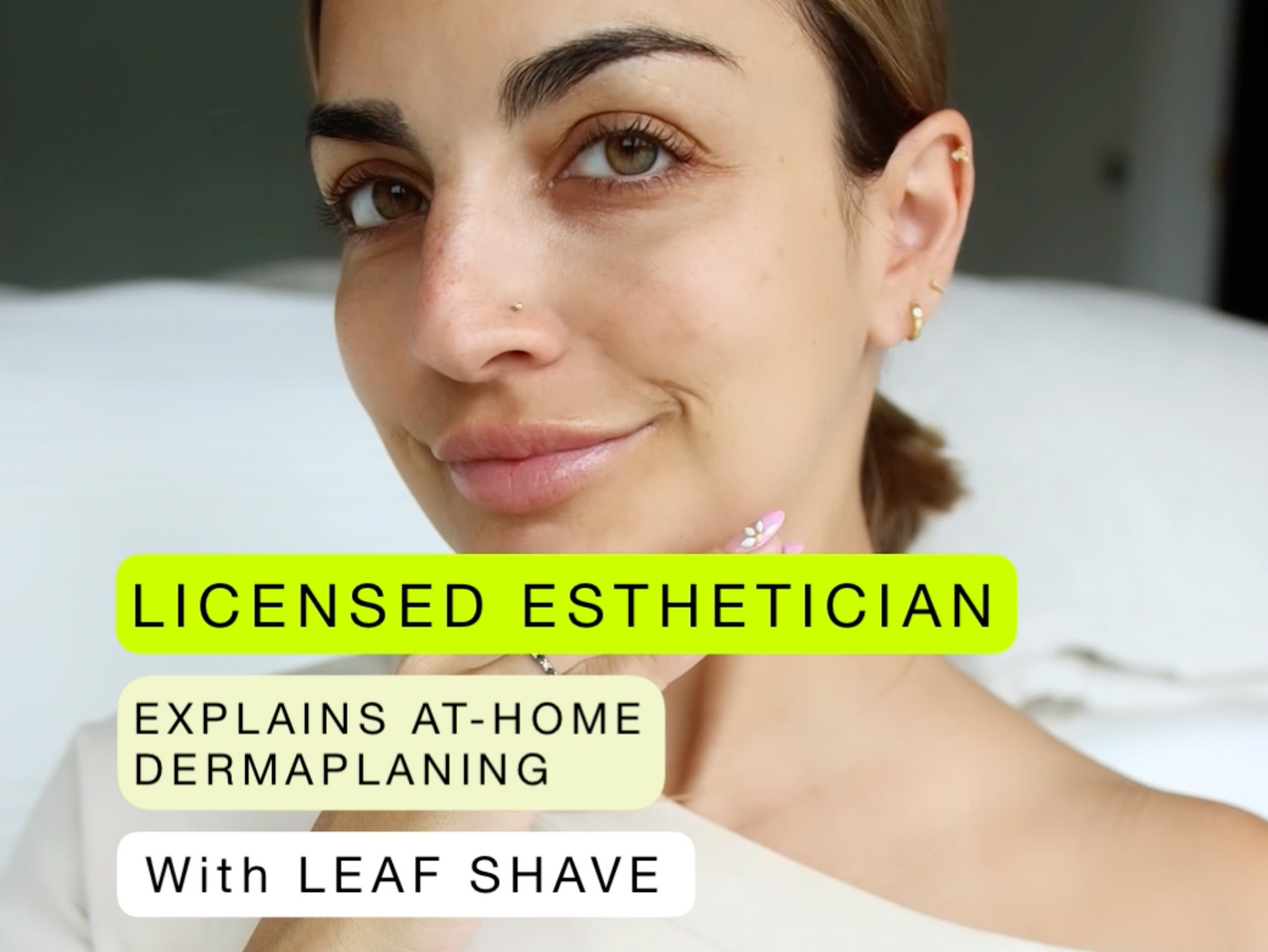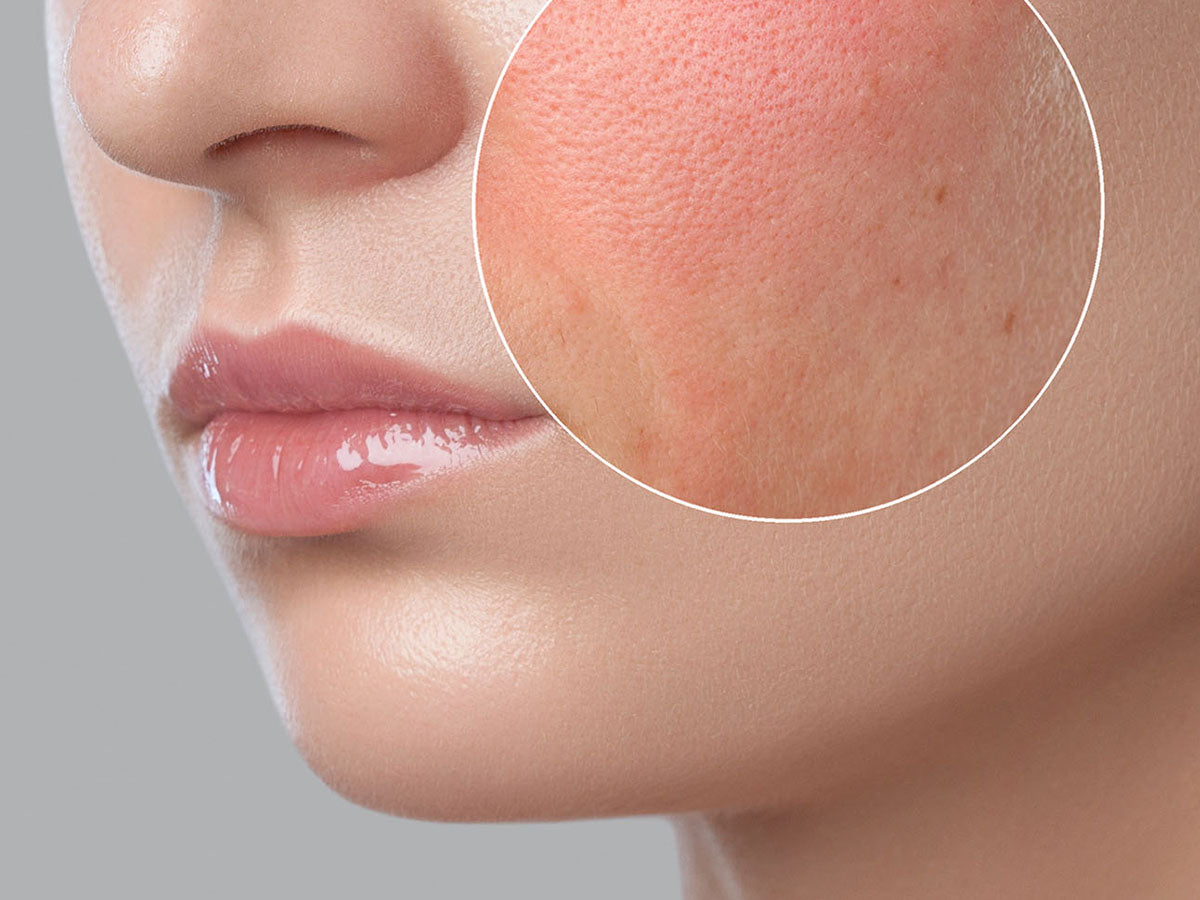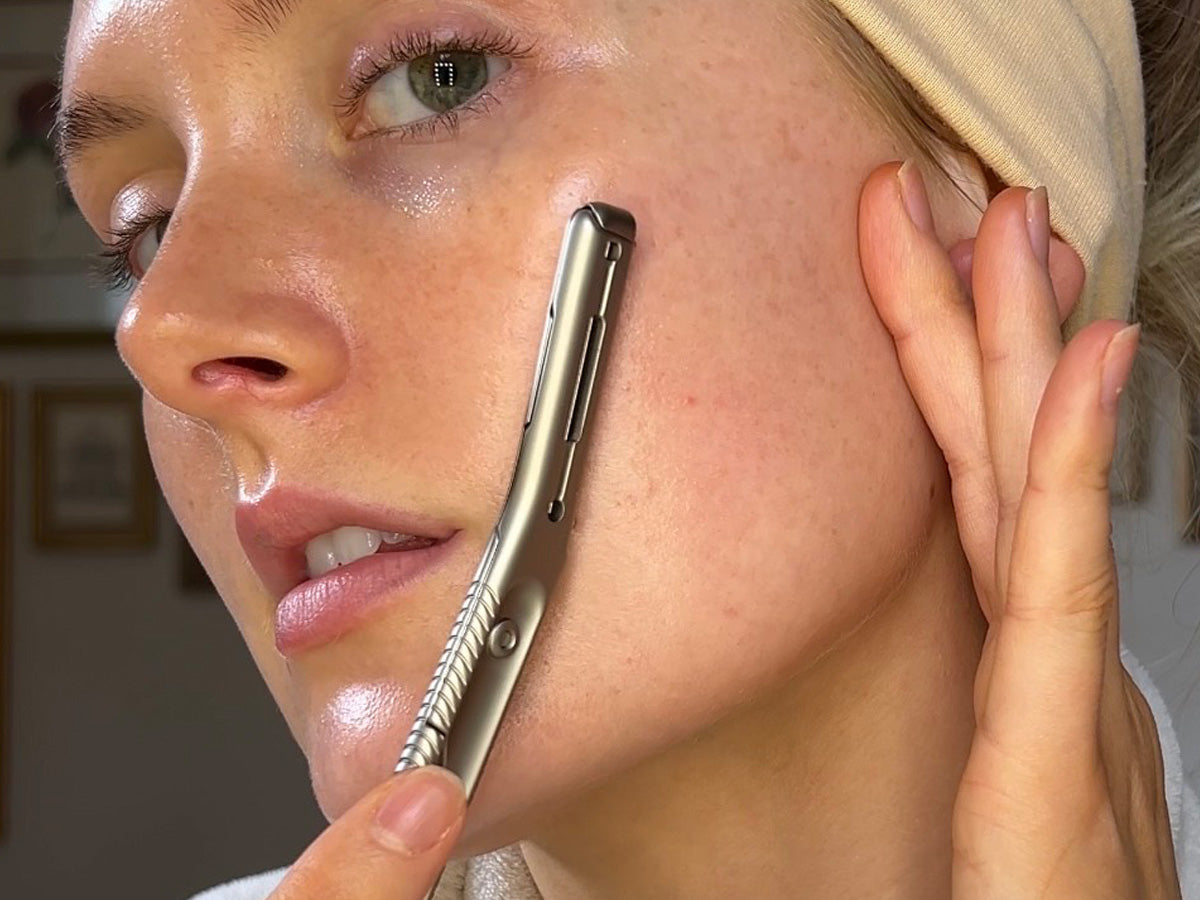Last year, we shared a video of an esthetician explaining how she uses Leaf Dermaplaner, and it was a game-changer! Recently, we reconnected and interviewed the skincare guru, Olia Majd.
As a licensed esthetician, Olia brings a wealth of knowledge to the table. In our conversation, we explored the intricacies of dermaplaning, popular skin treatments, and essential at-home skincare practices.
Read our exclusive interview to take a deeper dive into dermaplaning, a popular skin treatment known for its ability to reveal smoother, glowing skin, and learn how regular treatments can enhance your skin.
_____________________
Leaf Shave: What inspired you to become an esthetician and specialize in treatments like dermaplaning?
Olia Majd: My mother has been an esthetician for as long as I can remember so I pretty much grew up being around it my entire life. From a young age my mom taught me to really take care of my skin and it just stuck with me. After college I felt this urge to enter into the beauty world because it was just a huge passion of mine. I went to school, got my license and started working with my mom at her salon! From there I was taught all different kinds of treatments including dermaplaning and just fell in love!
LS: Can you explain what dermaplaning is to someone who has never heard of it and how it could benefit the skin?
OM: Dermaplaning is a popular skin treatment that involves the use of a scalpel to exfoliate the outermost layer of the skin. It’s typically performed by a licensed esthetician or dermatologist and gives a very smooth and radiant complexion.
LS: What safety precautions do you take when performing dermaplaning in your practice?
OM: I always wash my hands prior and wear gloves while performing any dermaplaning. I also make sure not to do any kind of waxing or hair removal services at the time of dermaplaning since you don’t want the skin to be sensitive. Obviously any tools need to be properly sterilized prior to use as well.
LS: How does dermaplaning compare to other exfoliation methods, such as chemical peels or microdermabrasion?
OM: Dermaplaning is a type of physical exfoliation and peels are a type of chemical exfoliation.
LS: What are the potential risks or side effects of dermaplaning, and how do you manage them?
OM: Side effects could include breakouts, risk of infection, redness, discoloration and irritation. Always make sure not to do dermaplaning on active acne as it could spread the bacteria. Slight irritation is normal but does get better after a few days.
LS: Are there any specific skin types or conditions that are not suitable for dermaplaning?
OM: I usually say anyone with any active breakouts, severe sunburn and/or extremely sensitive skin should avoid dermaplaning. Also definitely don’t want to do it on anyone who has been taking accutane or tretinoin in the past 6 months.
LS: Can you walk us through the process of dermaplaning and what clients can expect during and after the treatment?
OM: First your skin will be cleansed thoroughly. Then the provider will holding the skin taut with one hand and then holding the blade in the other hand at a 45 degree angle against the skin, shaving upwards. Then just repeat over all desired areas.
LS: What post-treatment care do you recommend for clients who have undergone dermaplaning?
OM: Avoid sun exposure & extreme heat for 3 days. Do not sure scrubs or other exfoliators for 1 week. Make sure to apply non irritating serums and moisturizers and always use sunscreen.
LS: What precautions should individuals take when dermaplaning at home?
OM: I always say similar as at a salon. Clean your face and hands thoroughly as well as all tools. When finished always moisturize the skin and I’d avoid applying makeup right away.
LS: What are the key differences between professional dermaplaning and at-home dermaplaning kits?
OM: Do it at home razors for home use won’t give you the exact same results. The tools and techniques when comparing is very different. Only professionals have legal access to medical-grade tools and products. However, you can still achieve great results at home.
LS: How often do you recommend dermaplaning treatments for optimal results?
OM: If it is done at home, you can repeat every 1-2 weeks. If done by a professional I always say to wait 3-4 weeks.
LS: Can dermaplaning help with issues like acne scars, fine lines, or uneven skin texture?
OM: Yes it’s been proven to transform the skin by improving texture and minimizing common concerns like acne scars, fine lines and uneven texture.
LS: What advice do you have for someone considering dermaplaning for the first time?
OM: Find a reputable esthetician, avoid sun exposure, do not use exfoliating products for about 3-5 days before treatment and get all your waxing out of the way.
LS: How do you address concerns about the safety and efficacy of dermaplaning, especially for those new to the treatment?
OM: Dermaplaning is a low-risk procedure. I always inform people that you may get some slight redness or whiteheads the next day or two but it’s completely normal.
LS: In addition to dermaplaning, what other treatments or products do you recommend for maintaining healthy, glowing skin?
OM: I always suggest having a good skincare routine, don’t be too harsh on the skin and highly recommend regular facials.
_______
Whether you're a skincare enthusiast or simply looking to improve your complexion, follow Olia @oliamajd for skincare tips and try dermaplaning with Leaf today!
Learn more @ The Greenhouse
_____________________
About the contributor:
From skincare tips to fashion advice, Olia Majd provides valuable insights and recommendations to help others look and feel their best. Learn more at loveolia.com.




